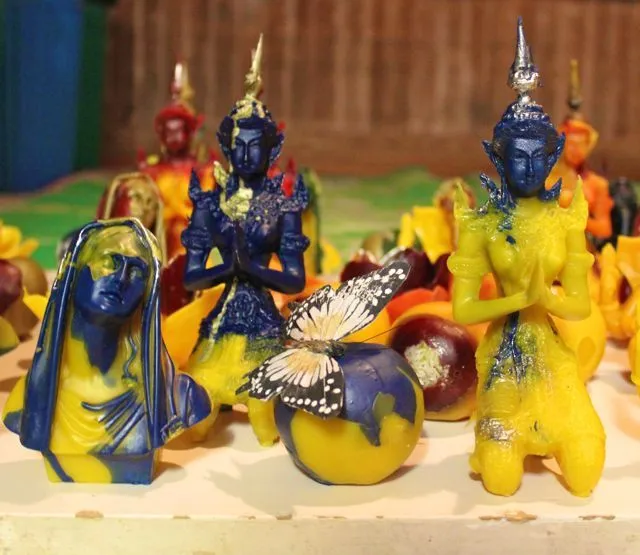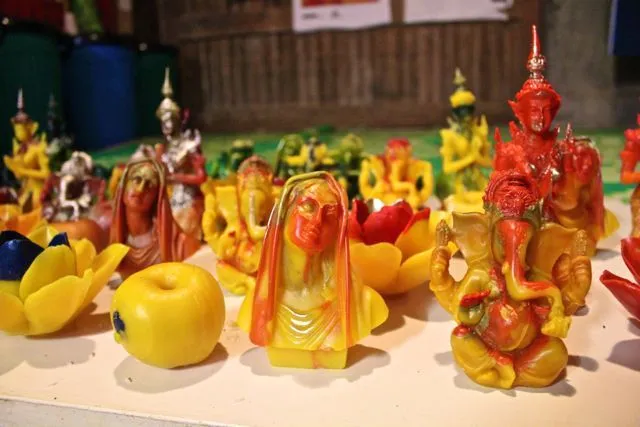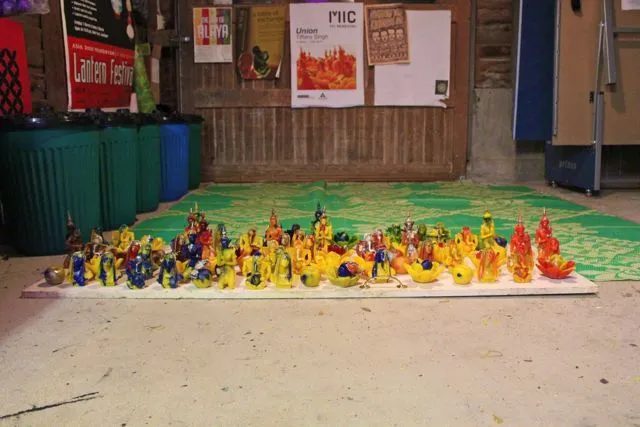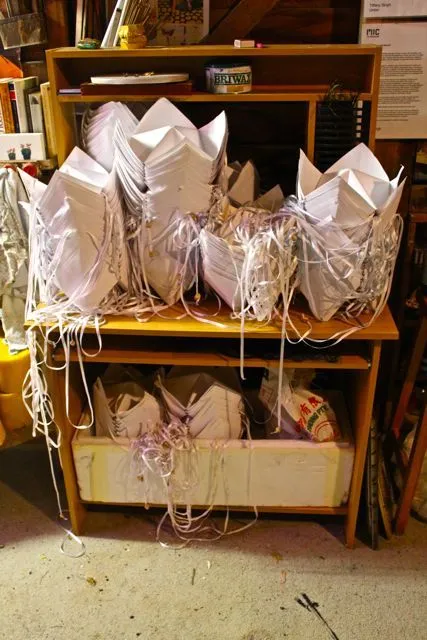Tiffany Singh - ITUPAPA ITULAGI
Written by
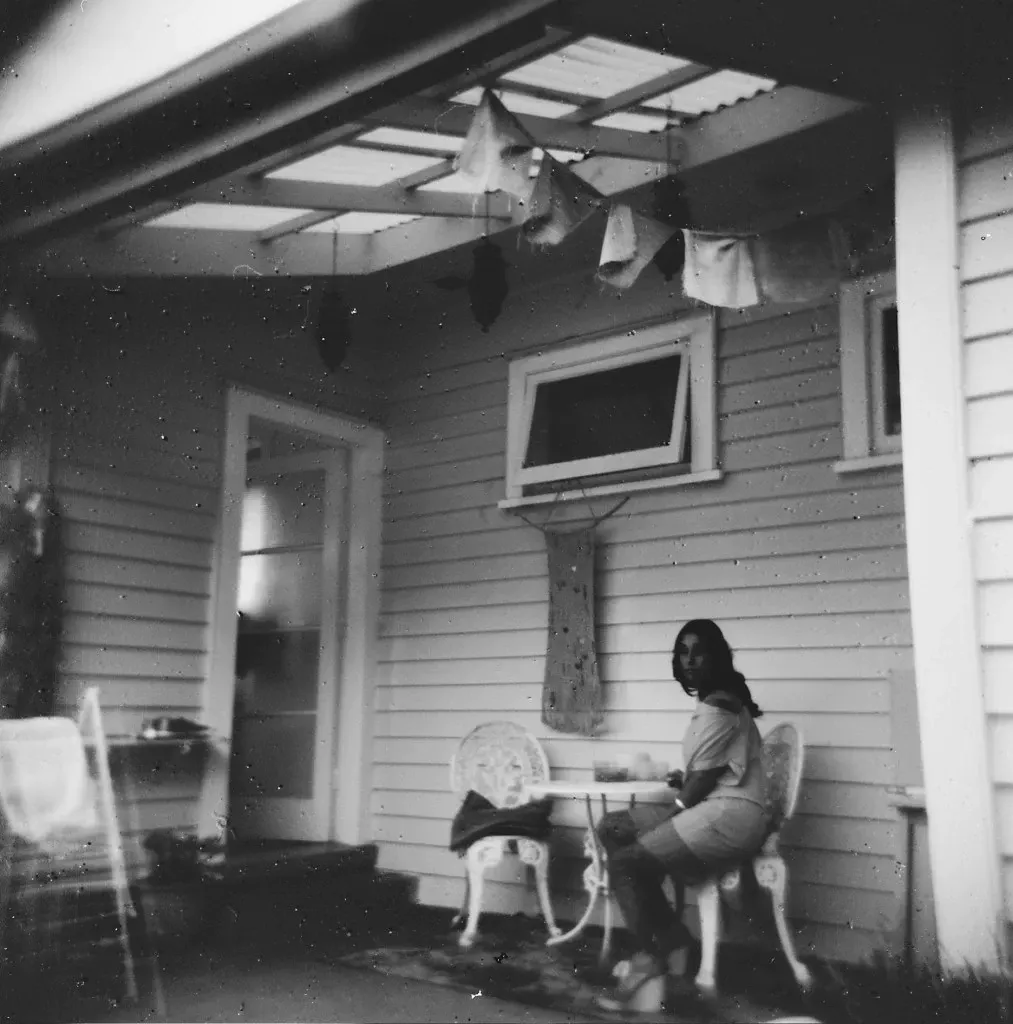
If you had to categorize Tiffany Singh’s work, it could be as installation art. What makes Tiffany’s work uniquely her, is the purpose and meaning behind each body of work, which often comes to actualization through community engagement. I’ve heard others explain her art as ceremonial meditation art. I can see that.
Over the last 10 years Tiffany has pushed forward with her work, oftentimes in an upward battle to find her place in the art community. Saying that, her work has started to catch the attention of traditional art institutions both within New Zealand and internationally. She has just returned to NZ from a six month residency in Samoa and the 2011 Taiwan Biennial.
If you're in Auckland on the 6th of December make sure to check out her latest works in person at Whitespace Gallery. I will be out of the country over this time, but was fortunate enough to visit her studio and check out her new series a few days ago. In one word, beautiful. She has truly outdone herself and I can’t wait to continue to see her practice grow in the future.
For more information about her upcoming exhibition visit Whitespace’s artist profile, otherwise you can read the follow excerpt:
ITUPAPA ITULAGI PART ROCK PART HEAVEN
Birthed during Singhs recent Samoan residency the earthenware vessels were formed & fired at the Tiapapata Arts Center, in Apia Samoa. Responding to the familiar mythology; from destruction comes creation.
From the fire the vessels are textured and patterned with the smoke & ashes, which naturally decorate the ceramic temples. They are then dressed with sacred objects providing sanctuary for the wax gods, that have become Singhs signature motif.
These fired earth temples represent the offerings the earth provides us with and are combined with the Apple (seed of consciousness), Lotus (Eastern creation myth) Thep Phnom (the Buddhist guardian angel), Mary (sacred feminine) and Ganesh (Hindu god for removing obstacle) to create domestic altarpieces.
The earthenware temples reflect the process-based methodology of Singh’s practice and her use of all natural materials echoes her participatory installation work.
